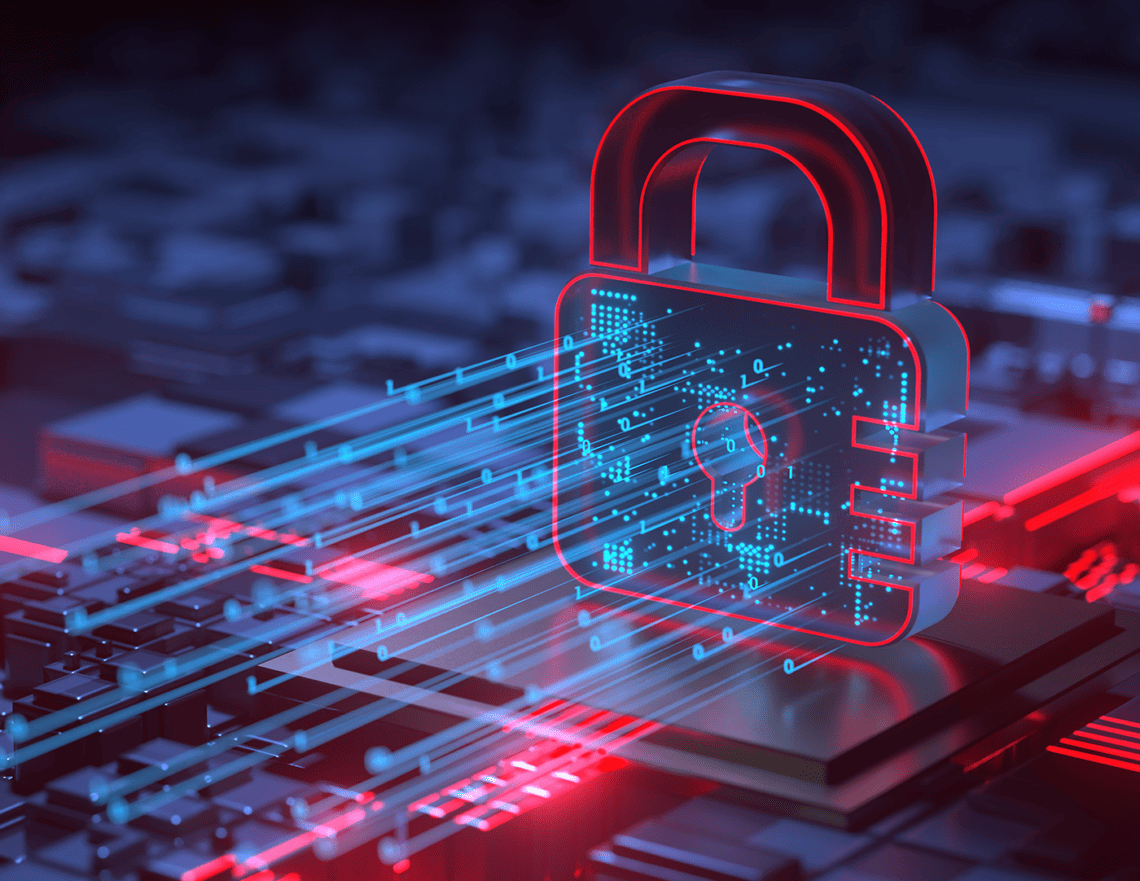
The pandemic-driven surge in remote work means even greater cybersecurity risk. Your mission? Deploy these 10 data privacy best practices to successfully navigate the realities of this new realm.
With a significant portion of organizations navigating the largely uncharted landscape of remote work in recent years, prioritizing the protection of sensitive data has risen to the forefront of operations. As teams reside in various corners of the globe and collaborate virtually, adopt and embracing best data privacy practices becomes essential as we shift into a “new normal.” Just consider the risks.
The global average cost of a data breach has increased 15% over 3 years to $4.45 million in 2023, according to IBM. And Forbes reports that 73% of executives perceive remote workers as a greater security risk. And rightly so: When remote work is a factor in causing a data breach, the average cost per breach is $173,074 higher, according to IBM.
So how do successful organizations traverse this evolving landscape? The best “map” is a proactive approach to avoiding pitfalls and upholding the confidentiality and integrity of valuable information. Start with these 10 best practices to ensure safe passage:
- Establish clear data privacy policies: Define explicit data privacy policies that outline how employees should handle, share, and store sensitive information. Clearly communicate these policies to create a foundation for responsible data management.
- Utilize secure communication tools and emphasize device security: Employ encrypted communication channels to protect the confidentiality of conversations and shared data, encourage employees to secure their devices with strong passwords, and ensure that antivirus software is updated. Device security is a fundamental aspect of overall data protection in a remote work environment and ensures that sensitive information remains private.
- Conduct regular employee training: Empower remote employees with the knowledge and skills to navigate data privacy challenges. Regular training sessions should cover best practices, security protocols, and the importance of responsible data handling.
- Implement Multi-Factor Authentication (MFA): Multi-factor authentication adds an extra layer of verification, reducing the risk of unauthorized access to sensitive systems and data.
- Conduct security audits: Regularly audit security measures to identify and address potential vulnerabilities in remote work setups. Proactive security audits help organizations stay ahead of emerging threats and maintain a robust data protection infrastructure.
- Encrypt sensitive data: Implement data encryption measures for both data in transit and at rest. Encryption adds an additional layer of protection, making it challenging for unauthorized parties to access and misuse sensitive information.
- Monitor and respond to threats: Implement real-time monitoring tools to identify potential security threats to ensure that any security incidents are addressed promptly and effectively.
- Prevent tailgating: Prevent unauthorized individuals from following authorized personnel into secure areas or systems by tailgating. Emphasize to remote employees the importance of maintaining the confidentiality of sensitive information. This includes securing the privacy of their workspace, changing their password regularly, ensuring that monitors are not visible through windows, and that meetings are held in enclosed areas to prevent sensitive conversations from being overheard.
- Stay informed about regulatory changes: Stay current with the ever-evolving data privacy regulations and ensure that remote work practices align with compliance requirements. Adapting to changes in the regulatory landscape is vital for maintaining legal and ethical data handling standards.
- Foster a culture of data privacy: Promote a culture of data privacy within the organization. This involves creating awareness, recognizing and celebrating adherence to privacy practices, and reinforcing the importance of data protection as a collective responsibility.
Implementing these best practices can improve an organization’s data privacy position in the era of remote work. By combining robust policies, employee education, and technological measures, businesses can better navigate the challenges and foster a secure environment for sensitive data in the digital age.
